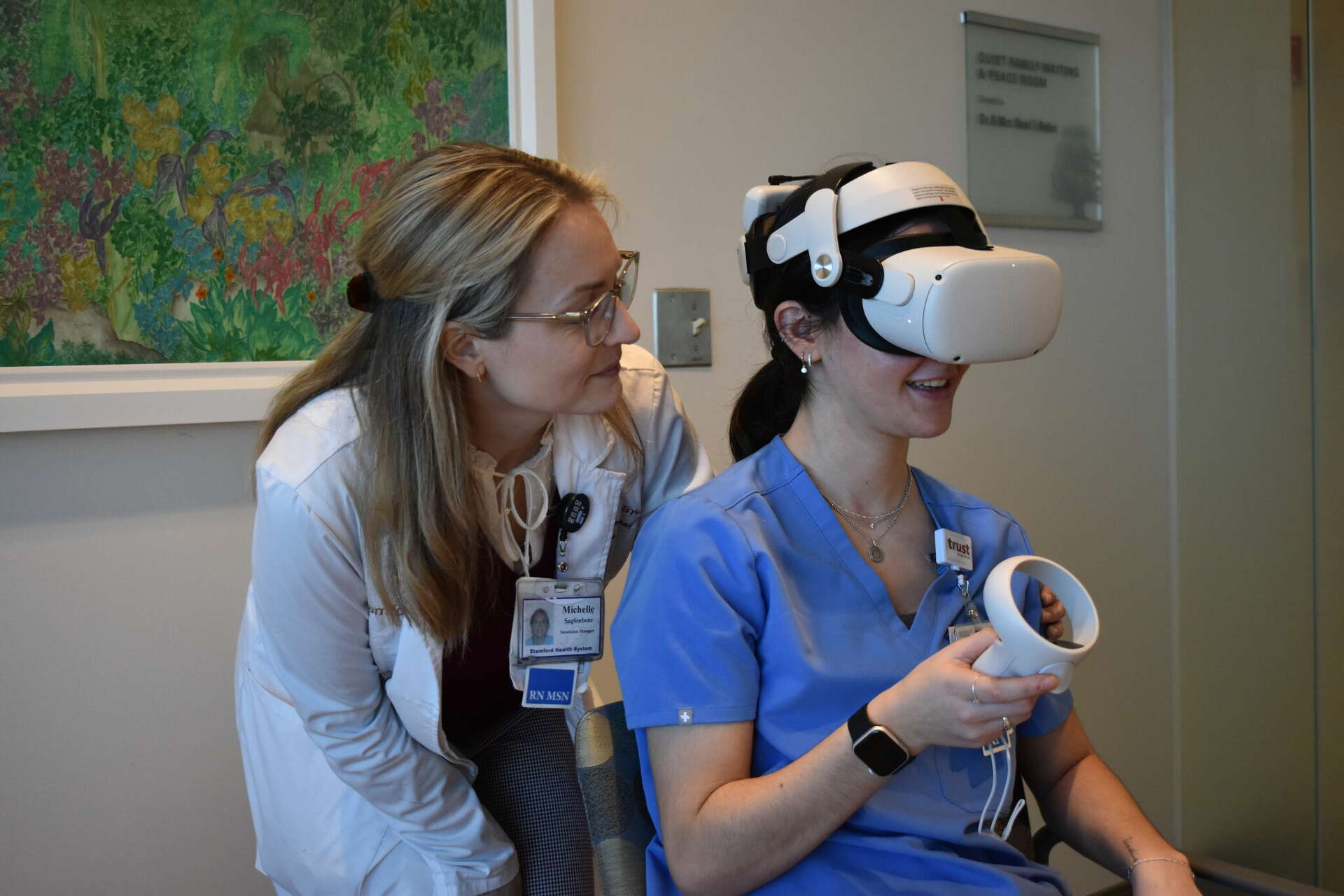Maria College’s use of virtual reality is a perfect example of VR medical training with less emphasis on hard/motor skills and more focus on the soft skills that are critical in health care (nursing in this case).
https://lnkd.in/e29tMUpM
Their training platform also integrates AI. AI offers a huge leap forward, especially in those simulations that once required a trainer in the loop to operate virtual characters. The key is aligning AI with a scenario’s training goals. The three best ways I recommend to integrate AI in VR scenarios are:
1. Maintain a trainer in the loop but provide a selection of AI generated responses for the trainer to use. This can help with standardization of training as well as reduce the required skill level of the trainer.
2. Create scenarios where the plot limits both the trainee and the virtual characters to a very narrow pool of responses to each other.
3. Pushing AI to its limits is another option, which has risks, but also has amazing upside. Arriving at the best solution comes down to choosing the right AI platform, training the platform effectively, a long testing schedule and finally continual follow-up once it is in the wild. If follow up isn’t possible due logistics, customer limitations or other reasons, this should be an important factor in how autonomous the simulation will be.

VR Soft Skills Training
•